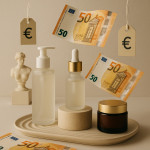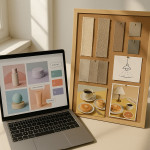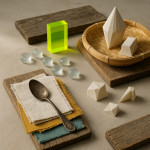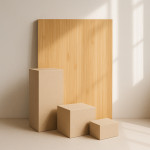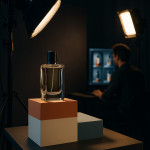Remote art direction: guide still-life photographers effectively from anywhere
Need to brief, steer and sign-off a still-life shoot without hopping on a plane? This guide shows you how to master remote art direction—from pre-production to final selects—so your brand vision survives any time-zone or bandwidth hurdle.
Why remote art direction now dominates still-life briefs
High-volume e-commerce launches, tight environmental budgets and globally scattered creative teams make on-site approvals hard to justify. Remote art direction solves three pain points:
- Speed. Cut average approval cycles from five to two days.
- Cost. Eliminate travel, accommodation and per-diem fees that often eclipse shooting costs.
- Sustainability. Slash carbon emissions tied to flights and freight—vital if your CSR report looms.
With the right workflow, you'll guide talented still-life photographers as confidently as if you stood next to the set.
Build your remote art-direction toolkit
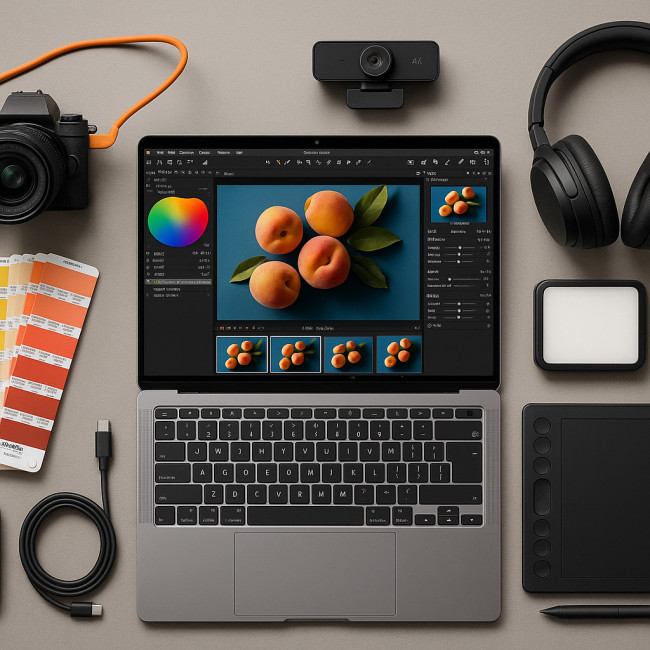
Imagine unpacking everything a photographer needs to beam razor-sharp frames across continents: a calibrated laptop humming with Capture One, a mirrorless camera cabled by USB-C, a Pantone swatch fan to nail colour, noise-cancelling cans for huddle calls, and a travel-size LED panel that doubles as fill. This flat-lay encapsulates the modern remote art-direction kit—compact enough for a backpack yet powerful enough to shepherd a 40-SKU product launch. Each item plays a critical role: the webcam reveals the stage, the hotspot rescues bandwidth failures, and the annotation tablet turns your hand-drawn circles into actionable edits before the shutter even cools.
1. Crystal-clear creative brief
Share a single-page vision distilling hero angles, lighting mood and usage specs. Attach reference boards—templates from our moodboard techniques article keep everyone visually aligned fast.
2. Hardware essentials
| Item | Role on set | Minimum spec |
|---|---|---|
| Tethered camera station | Streams live captures to you | USB-C 3.2, 16 GB RAM |
| 4K webcam | Gives bird's-eye view of prop table | 60 fps, wide-angle lens |
| Shot-review monitor | Displays edits, annotations | 99 % sRGB, 27 inch |
| Backup hotspot | Failsafe if studio Wi-Fi drops | 20 Mbps upload |
3. Software stack
- Capture One Live. Real-time file streaming with overlay notes.
- Miro or Figma Jam. Sketch crop boxes and prop swaps in seconds.
- Slack huddles. Instant voice cues—faster than email chains.
- Frame.io. Organise finals, usage tags and expiry dates.
Pre-production: lock the vision before lenses click
Successful remote art direction starts days earlier. Follow this step-by-step checklist:
- Sign off props and surfaces. A five-minute video walk-through beats static PDFs. Need budget tips? Read prop-sourcing hacks.
- Approve lighting tests. Ask the photographer for three light setups—hard, diffused, mixed—then decide on a single KEY look in a live call.
- Confirm shot order. Align product priorities with marketing deadlines. Example: hero bottle first if PR embargo lifts tomorrow.
Live shoot: direct with minimal lag
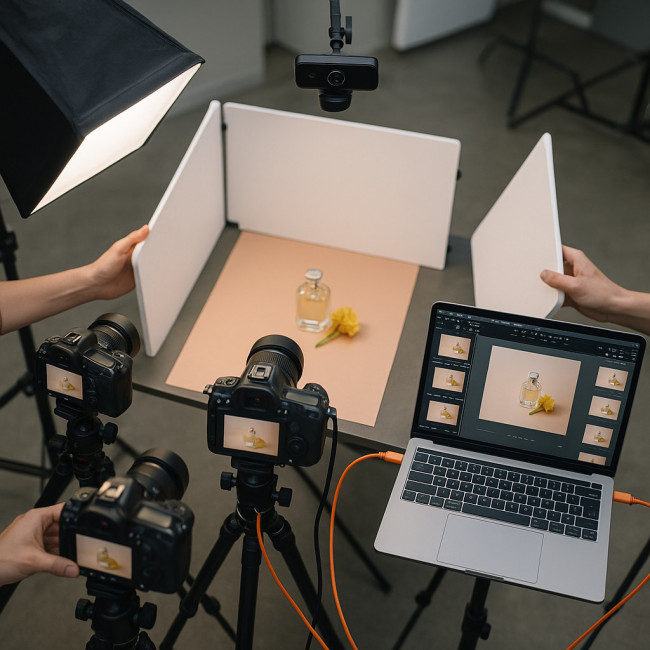
During the live session, your screen should echo the orderly choreography of the set you see here: three synced camera feeds converge on a single dashboard while assistants finesse reflections with white cards. The image illustrates how distances vanish—thanks to colour-accurate monitors, latency under 200 ms and crisp two-way audio, you can ask for another quarter-turn of the perfume cap without raising your voice. Notice the overhead rigging that keeps cables neat and vibrations low; such details curb micro-misalignments that would otherwise sneak into macro shots. The takeaway: preparation renders geography irrelevant, leaving pure creative focus.
Set up multi-angle feeds
A tri-cam configuration delivers all context you need:
- Angle 1 – Tether feed: full-resolution stills.
- Angle 2 – Side webcam: watch stylist hands adjust props.
- Angle 3 – Overhead webcam: verify symmetry and spacing.
Use the 30-second feedback rule
Comment on each capture within half a minute. Momentum keeps the set fluid and crew morale high. Mark changes directly on Capture One Live or drop a quick “rotate label 5° clockwise” in Slack.
Colour accuracy safeguards
- Share a screen-calibrated ICC profile with the photographer.
- Request a grey card shot every lighting change.
- Sync monitor brightness at 120 cd/m² for both sides of the call.
Post-shoot: deliverables that leave zero guesswork
Remote art direction doesn't end when lights turn off. Ensure you receive:
- Contact sheet with starred selects and your live comments embedded.
- Layered PSDs showing retouch notes—vital if you later explore AI mock-up iterations.
- Usage matrix covering crops, DPI and licensing windows.
Common pitfalls & smart fixes
- Time-zone slip-ups. Use a shared world clock and schedule shoots when overlap is at least three hours.
- Lag during critical tweaks. If video stutters, switch to voice-only while keeping tether feed live.
- Scope creep. Cap retouch rounds at two; anything extra triggers a change-order.
Tool comparison: which platform suits your remote art direction?
| Platform | Best for | Pros | Limitations |
|---|---|---|---|
| Capture One Live | High-volume commercial shoots | Secure feed, instant ratings | No built-in chat |
| Zoom + Screen Share | Small creative teams | Universal adoption | Compression kills colour accuracy |
| Frame.io Camera to Cloud | Agencies juggling video + stills | 5 s uploads, comment reels | Requires Teradek hardware |
| Microsoft Teams | Enterprise compliance | Single sign-on, file retention | Interface cluttered for creatives |
Case study: perfume launch shot across continents
A Paris art director hired a Sydney studio to photograph glass flacons. Using the workflow above, they produced 40 hero images in one 8-hour window, saving €6,800 in travel and accommodation. The product landed on pages one week earlier than a control project managed on-site. Bonus: CO2 emissions dropped by an estimated 1.2 t.
FAQ
- How do I brief colour-critical still-life remotely without risking off-tones?
- Ship a reference sample to the studio, request a grey card in every light change, and use a shared ICC profile on both monitors.
- What internet speed keeps tethered feeds smooth?
- Upload bandwidth of 20 Mbps or higher prevents noticeable lag when streaming 45 MP RAW previews.
- Do photographers charge extra for remote art-direction sessions?
- Many include one live approval round. Extra hours may be billed at half-day rates—see our 2025 pricing guide for benchmarks.
- Which props show up poorly over webcast?
- Highly reflective metals and holographic foils can create moiré. Ask for still grabs before committing.
- Can remote workflows scale to motion GIFs or short videos?
- Yes. Pair Frame.io with a 10-bit capture card to preview motion pieces in near real-time.
Quick knowledge check
Take the next step
Ready to trial a remote session? Shortlist specialists via our still-life photographer selection guide and book a test shoot this week. You'll discover how much creative control you keep—without boarding a single flight.

